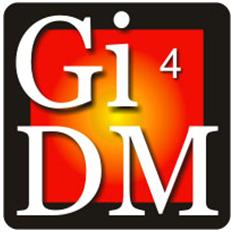Workshop domains include (but are not limited to):
- User needs and requirements
- Technology developments
- Data collection and management
- Data integration and knowledge discovery
- End-user environments for interaction, visualisation and updating
- Positioning and location-based communication
- Assisted navigation and evacuation
- Automated mapping
Within these domains, prospective presenters are invited to submit papers on the following topics:
User needs, requirements and technology developments:
- Analysis/experience/reports of users or information providers dealing with Disaster Management (such as police, fire brigade, topographic office, etc.)
- Demonstration of new technology developments employed for Disaster Management
Data collection and management:
- Mobile mapping from land-based, airborne and spaceborne platforms
- Data structures for real-time applications (geometry and topology, time, multimedia)
- Frameworks for multi-resolution and multi-topology management
- Frameworks for data integrity and consistency applicable for field update
- Maintenance of historical data
- Intelligent navigation (switch between voice, text, image, graphics (2D, 3D))
- Generalisation and compression algorithms
- 3D navigation (buildings, tunnels, etc.)
- Data standards for import/export – XML, GML
Data integration and knowledge discovery:
- Real-time data discovery and integration
- Context-aware engines and agents for query and analysis with respect to the front-end
- Knowledge systems for browsing and analysis in distributed environments
- Geo-ontology
- Semantic-based engines and translators for search and analysis
- 2D/3D geocoding
End-user environments:
- Graphics user interfaces for mobile workers
- Information perception in stress environments and/or on hand-held screens
- 3D visualisation on mobile devices
- Interfaces for mobile devices allowing data update
- AR and VR monitoring of disaster development
- Messaging (common-alert)
Positioning and location-based communication:
- Innovative positioning approaches (global/local, active/passive) ensuring positioning “everywhere and always”
- 3D indoor positioning and mapping
- Intelligent switching between different communication networks and approaches for positioning systems
- Portable, distributed ad-hoc WLAN for disaster management
- Context-aware user profiles monitoring status of mobile devices, emergency of situations, etc.

